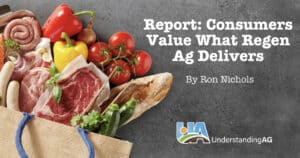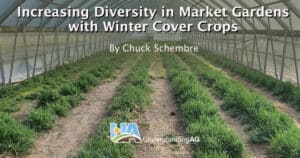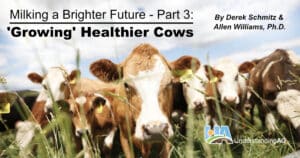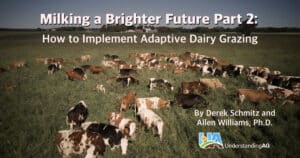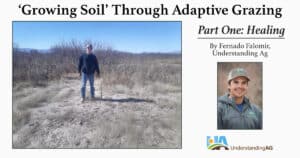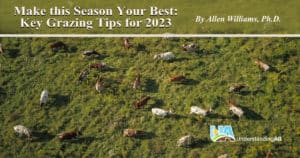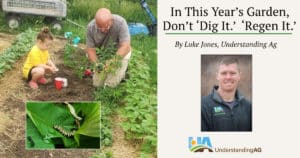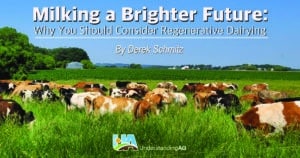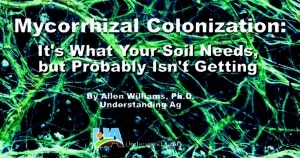From Our Experts
It’s been said that bringing facts to a cultural argument is akin to bringing water balloons to a gun fight. Still, data-based facts are stubborn things, and failure to heed those facts can be costly in life and in business. For food and grocery industry companies, knowing what customers value (and what they’ll pay a […]
Read MoreIncreasing Diversity in Market Gardens with Winter Cover Crops By Chuck Schembre, Understanding Ag, LLC Cover crops are one of the best tools for achieving many of the soil health principles – keeping the soil armored, reducing disturbance, increasing diversity, and maintaining a living root throughout the year. Cover crops are essential for increasing diversity, […]
Read MoreIn the two previous articles we have discussed what Derek has done on his farm to implement regenerative grazing and how he made that transition. In this article, we would like to take things a step further and describe some of the changes in livestock that he’s seen on his transformative regenerative journey. Healthy soil, […]
Read MoreAdaptive grazing is a system of grazing that allows the grazer to continually adapt and flex to the real-life conditions that we face on an ongoing basis. It is not a prescriptive or formulaic approach. In applying adaptive grazing rules and practices across a wide variety of livestock enterprises and environments, we have found it […]
Read MoreThere are some poignant quotes or sayings that just stick with you as you pass through life. Some even convince you to make changes in your life. Here are few that gave me an “Ah-ha” moment and prompted change in myself: “If you will live like no one else, later you can live like no […]
Read MoreIt is hard to believe, but we are squarely into 2023 now, and the active grazing season will be here before we know it. I am still trying to figure out where 2022 went. It seems like the year just flew by (I guess getting older has a lot to do with that). Each year, […]
Read MoreI can still recall all of the hours spent in my grandparents’ garden like it was yesterday. It was a sacred place to them, but it was just a place to burn off energy and get dirty for me. It never really seemed like work because they made gardening rewarding, educational, and challenging. Both of […]
Read MoreOur path to regenerative dairy management was not a straight line, though that would have made our lives much easier. We are grateful for what this experience has taught us along the way. I am a firm believer that the regenerative path is a journey, and that there is no “regenerative destination.” We will never […]
Read MoreAt Understanding Ag, we have looked at tens of thousands of soil test results that combine the Haney, PLFA, and TND (Total Nutrient Digestion) tests. The Haney Test is similar to a traditional soil test that also supplies us with a 30,000-foot view of soil health by testing for soil microbial respiration, organic carbon fraction […]
Read More
